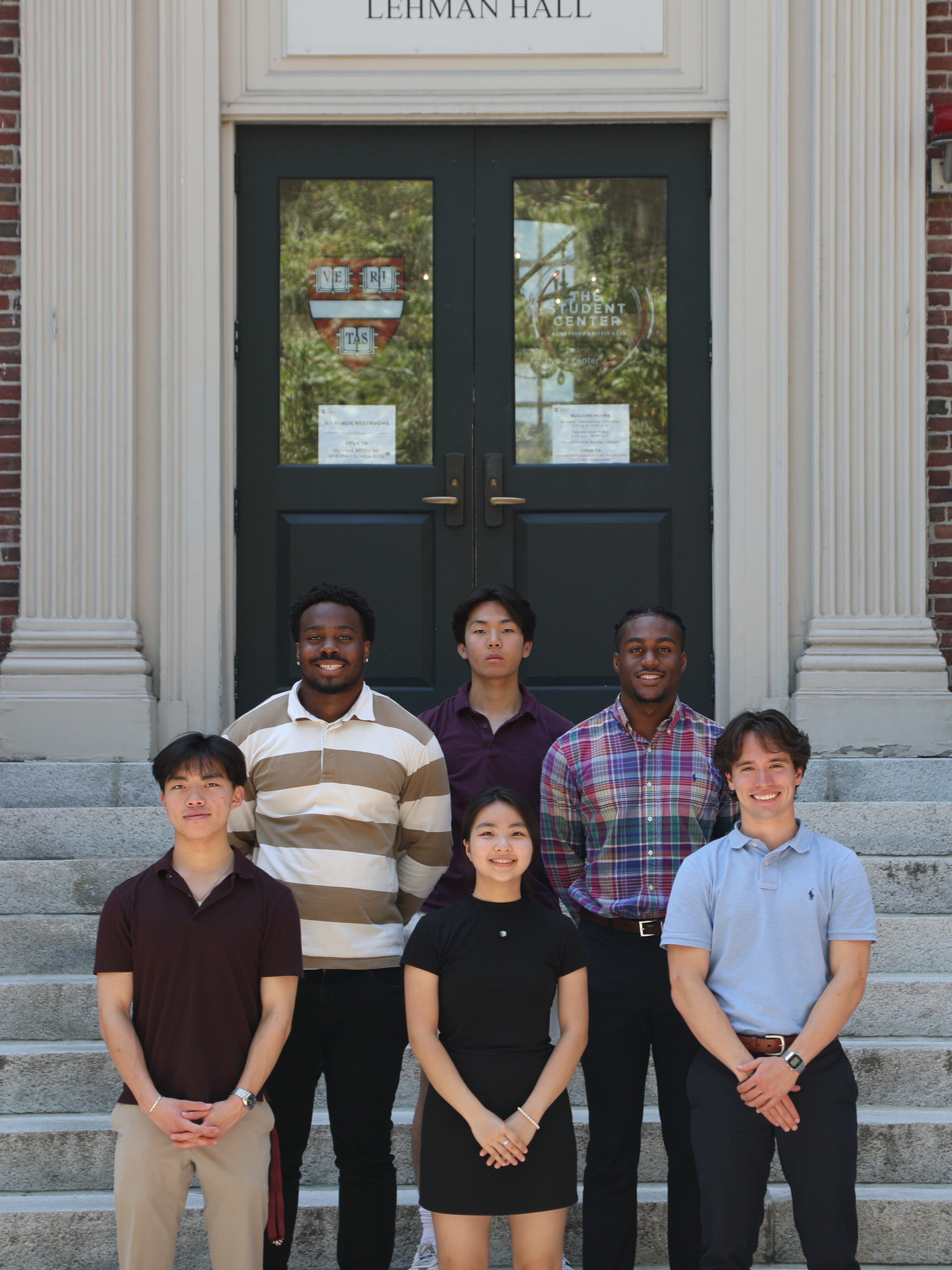Abstract
In today's rapidly advancing field of artificial intelligence, writing has become a significant reflection of technological progress. Looking back at the history of AI writing, we can trace its origins to the mid-20th century when computers first began to be applied to natural language processing. From the initial simple text generation to today's complex language models, AI has made significant strides in the writing domain. AI can not only generate high-quality text but also mimic human writing styles, which has found widespread applications in news reporting, technical documentation, and literary creation.
However, despite the continuous advancements in AI writing technology, there are still many aspects that cannot replace human creativity. AI-generated text excels in logic and consistency but often lacks emotional depth and unique personal perspectives. This makes AI more suitable for structured and data-driven writing tasks, while human writing better captures nuanced emotions and complex socio-cultural contexts.
This paper will explore the differences and advantages between AI and human writing, revealing their performance in various application scenarios through technical and non-technical analyses. By comparing the two, we hope to better understand the role of AI in writing, explore its potential, and acknowledge the irreplaceability of human creativity in writing.
Introduction
As computers have spread globally, they have significantly influenced various aspects of our lives. People often evaluate current situations based on their expectations for the future. For instance, physicists seek a deeper understanding of natural laws. Similarly, our field envisions a future where technology enhances, rather than diminishes, the art of writing and teaching. *Computers and Composition*, a leading journal in our area, charts our transition from initial skepticism to enthusiastic adoption of technology. This analysis explores our aspirations, from reducing the effort involved in writing and teaching to supporting educators with fewer resources. Ultimately, we aim to create a more equitable and peaceful world, shaped by our teaching and bolstered by technology.
Statement
In recent years, artificial intelligence has developed rapidly and played an important role in all walks of life. AI algorithms in natural language processing technology can generate high-quality text. The current contribution of computers to writing and education is undoubtedly significant, but it is clear that they do not yet meet all needs. From the perspective of evaluation and comparison, this paper reveals the differences and advantages between artificial intelligence and human writing.
Body Paragraph 1: Technical analysis
Before comparing the two, it is good to understand the complexity and abruptness of the text. These are the two most important factors when comparing AI-generated text to human-written text.
Complexity is a measure used to evaluate the performance of a language model in predicting the next word in a sequence of words. It measures the extent to which the model estimates the likelihood of a word appearing based on previous context. The lower the confusion score, the better the predictability and comprehension of the language. The higher the confusion score, the greater the uncertainty and the less accurate the prediction. Human thinking is very complex compared to current AI models, so human-written text has a high degree of confusion compared to AI-generated text.
A broken sentence is a change in the length and structure of the sentence in the content. It measures the variety and unpredictability of sentence arrangements. While human writing is often punctuated by long and short sentences, the content generated by artificial intelligence tends to have a more uniform and regular pattern. The higher the outburst, the more creative, spontaneous, and participatory the writing, while the lower the outburst, the more mechanical and monotonous the writing style. Like the confusion score, human-written content often has a high burst score.

There are various tools, such as “The AI Content Detector”, that provide "Perplexity" and "Burstiness" scores for a given text.Here, I wrote a text myself and asked ChatGPT to write a text in the same sense to better compare AI-generated text and human-written text through the detector.
By the way,the Generative Pre-trained Converter (GPT) family is one of the most popular NLP models. GPT models are deep neural networks that use unsupervised learning to train large amounts of text data. These models can generate human-like responses, answer questions, and even write papers.ChatGPT is a large multimodal model that accepts image and text input and then text output. Although inferior to humans in many real-world scenarios, it shows human-level performance on a variety of professional and academic benchmarks.

This is the result of the text I wrote.
And this is the result of ChatGPT generated text.

Looking at the data, we can conclude that while various AI content detection tools can easily fool AI-generated text into not being AI, the complexity and abruptness speak for themselves: current AI-generated text is still no substitute for artificial text.
Body Paragraph 2: Non-technical variance
Human-generated text tends to engage and resonate with readers, while human-written content can engage readers with anecdotes, personal stories, and real examples, adding depth and authenticity to the text. Instead, AI-generated text often lacks these personalized touches and feels generic and monotonous.
Second, for originality, human writers can draw inspiration from their own experiences and offer novel insights that AI cannot easily copy.Creativity sometimes stems from serendipitous inspiration and randomness. Such randomness and chance are difficult for algorithms to predict and replicate, as AI generally relies on established rules and patterns to generate content.And because of their limited understanding, computers sometimes produce content that appears accurate but is actually wrong. This requires constant advances in technology that allow computers to write different things based on context.

At the same time, when producing large amounts of text, AI sometimes has flaws in accuracy, which requires careful screening and proofreading by our professionals. However, we cannot ignore that AI can improve the quality and accuracy of articles through continuous learning and improvement of algorithms.
Refutation
Although the current computer writing can not meet the growing expectations of people, it still has some advantages over human-written.
For example, computers can use rich data and knowledge bases to train AI to produce high-quality articles, which can quickly acquire expertise in various fields and thus better present them in written form. As a general-purpose programming language widely used in all walks of life, Python's strong technical strength undoubtedly provides a strong support for AI.(For example, the database in the figure below contains 129625881 words, which shows the extremely rich knowledge and expertise of the computer.)
At the same time, with the continuous development and improvement of AI technology, its advantages in article writing are increasingly obvious - superb computing power and fast processing speed make it exceed human in production efficiency.In standard conditions, large language models like GPT-4 typically generate text at a rate of about 200 to 500 words per second.For example, AI can complete a college entrance examination essay in only 3 seconds, which makes us have to marvel at its amazing speed.
Also,English has been the dominant scientific languagefor decades.It is undeniable that the vast majority of scientists who do not speak English as their mother tongue still have difficulty or are much less proficient in writing in English. Machine translation, especially natural language processing using neural networks and deep learning, can almost help overcome language barriers. The following demonstrates three AI-powered approaches to writing in English for native Chinese speakers

Conclusion
In conclusion, the rapid development of artificial intelligence has significantly impacted various fields, including writing and education. AI algorithms, particularly in natural language processing, have demonstrated the ability to generate high-quality text, contributing substantially to these domains. However, the comparative evaluation of AI-generated text versus human writing highlights distinct differences and advantages unique to each. While AI excels in speed, consistency, and data-driven content generation, human writing offers creativity, emotional depth, and contextual understanding that AI has yet to fully replicate. Therefore, while AI's role in writing and education is undeniably substantial, it is clear that a synergistic approach, leveraging the strengths of both AI and human capabilities, is essential to meet the diverse and evolving needs of these fields.
citation
- Author links open overlay panelCharles Moran, et al. “Computers and Composition 1983–2002: What We Have Hoped For.” Computers and Composition, JAI, 16 Sept. 2003, www.sciencedirect.com/science/article/abs/pii/S8755461503000653.
- Reddy, Roop. “人工智能生成的文本与人类撰写的文本:完整分析.” Ranktracker Blog EN RSS, 27 July 2023, www.ranktracker.com/zh/blog/ai-generated-vs-human-written-text-complete-analysis/.
- “AI写作VS人类创作:五大对比揭秘.” AI写作VS人类创作:五大对比揭秘_ai写作与人工写作的不同-CSDN博客, blog.csdn.net/xigua_8i8/article/details/136370526. Accessed 2 Aug. 2024.
- Webadmin. “Official Site of the State of New Jersey.” Traffic Volume Counts, Roadway Information and Traffic Monitoring System Program, Reference/Links, www.nj.gov/transportation/refdata/roadway/traffic.shtm. Accessed 2 Aug. 2024.
- 热搜爆了!AI写“AI",3秒完成, mp.weixin.qq.com/s?__biz=MzI0OTc2MzI1NQ&mid=2247662222&idx=1&sn=a0c9e40ea1cf4f4780053de59be3ddac&chksm=e84df78273d13b3373db7216ac201f752dce6ed3baf8f61e16ebeae65ff6c6665da51cb6b17c&scene=27. Accessed 2 Aug. 2024.
- 人工智能写作的历史回顾、概念界定及研究展望, mp.weixin.qq.com/s?__biz=MzI0MDc4ODcxMg&mid=2247488296&idx=2&sn=eb8bdd4414bf17fc655ad3524c4dcedb&chksm=e8330c2dc980a42eb85cb58937ccdc37d660b332199ad80c5be94c2844e82dce137cf91fa24f&scene=27. Accessed 2 Aug. 2024.
- GPT-4如何引领科技前沿?盘点10大应用场景, baijiahao.baidu.com/s?id=1760940689305839436&wfr=spider&for=pc. Accessed 2 Aug. 2024.
- Medicine, aDepartment of Family. “CHATGPT and Other Artificial Intelligence Applications... : Journal of the Chinese Medical Association.” LWW, journals.lww.com/jcma/fulltext/2023/04000/chatgpt_and_other_artificial_intelligence.1.aspx. Accessed 3 Aug. 2024.





